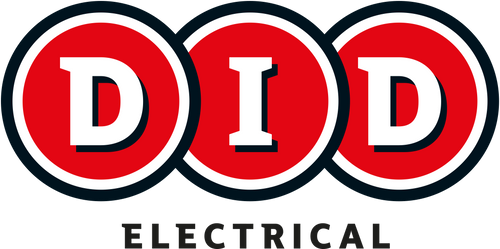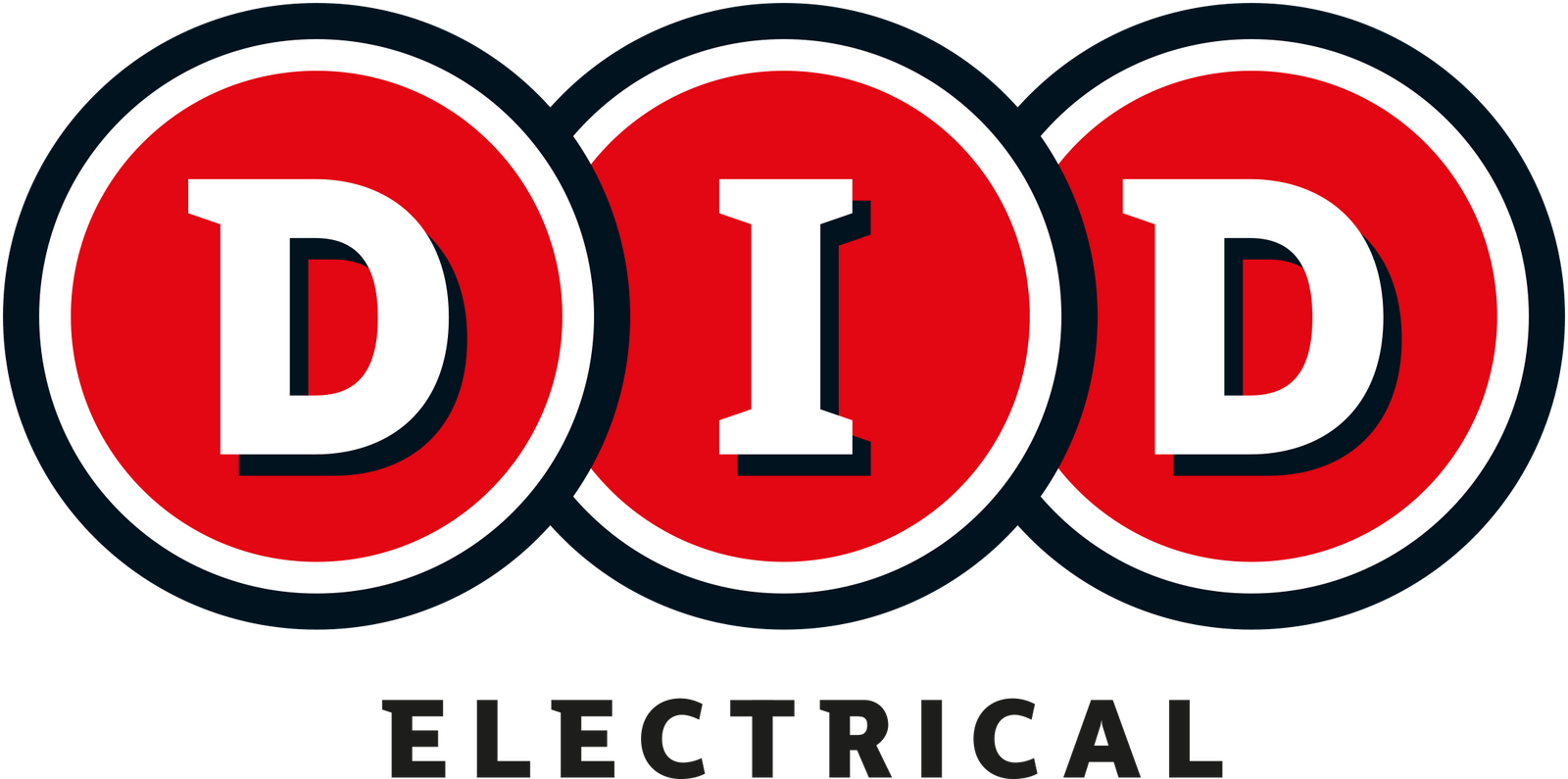DJI has become a household name in the drone industry for its high-quality drones that are used for aerial photography and videography. DJI's drones have been used in various industries, including filmmaking, agriculture, and search and rescue. In this blog post, we'll take a closer look at DJI drones and their features, and how they are changing the game in aerial photography and videography.
Advanced Camera Technology
DJI's drones are equipped with high-quality cameras that capture stunning aerial footage. The cameras have high resolution and can capture photos and videos in 4K and even 5.2K resolution, producing crystal-clear images and videos. DJI's drones also have advanced camera stabilization systems, which ensure that the footage is stable and free from any unwanted movements.
Intelligent Flight Modes
DJI's drones come with intelligent flight modes that make it easier to fly the drones. The intelligent flight modes include Active Track, which allows the drone to follow moving objects, making it perfect for capturing fast-moving sports or wildlife. The drones also have Gesture Control, which allows the drone to be controlled using hand gestures, making it convenient to operate the drone even from a distance.
Obstacle Avoidance Technology
DJI's drones have advanced obstacle avoidance technology, which helps in avoiding collisions with objects while flying. The drones are equipped with sensors that detect obstacles, and the drones can be programmed to fly around obstacles automatically. This technology ensures safer flights and prevents damage to the drone.
Portable and Compact Design
DJI's drones are designed to be portable and compact, making them easy to carry around. The drones can be easily folded and stored in a backpack, making them ideal for outdoor adventures. Despite their small size, the drones are equipped with powerful motors and can fly for extended periods, making them perfect for capturing aerial footage in remote locations.
DJI Mini 2 vs. Mini 3 vs. Mini 3 Pro: Which drone Is Right for You?
DJI's Mini series of drones are some of the most popular and widely used drones in the market today. They are compact, portable, and easy to fly, making them perfect for both beginners and experienced pilots. In this blog post, we'll take a closer look at the differences between the DJI Mini 2, Mini 3, and Mini 3 Pro, and help you decide which one is right for you.
Design and Build Quality
All three drones in the Mini series are similar in design and build quality, with a compact and lightweight frame that is easy to carry around. The Mini 3 and Mini 3 Pro have a slightly different design compared to the Mini 2, with a more streamlined body and upgraded materials. The Mini 3 and Mini 3 Pro also have an improved camera system compared to the Mini 2.
Camera Quality
The Mini 2 has a 12-megapixel camera that can capture photos and videos in 4K resolution. The Mini 3 and Mini 3 Pro, on the other hand, have a 12-megapixel camera with a larger sensor, allowing them to capture more detail and produce higher-quality images and videos. The Mini 3 Pro also has the added advantage of a 3-axis gimbal, which provides even more stability and smoother footage.
Flight Performance
All three drones in the Mini series have excellent flight performance, with stable flight and smooth control. The Mini 3 and Mini 3 Pro have longer flight times compared to the Mini 2, with up to 45 minutes of flight time on a single battery charge. The Mini 3 and Mini 3 Pro also have an improved transmission system, which provides better connectivity and reduces interference while flying.

In conclusion, the DJI Mini 2, Mini 3, and Mini 3 Pro are all excellent drones that offer a wide range of features and capabilities. The Mini 2 is perfect for beginners or those on a budget, while the Mini 3 and Mini 3 Pro offer advanced camera systems, longer flight times, and improved transmission systems for professional filmmakers and photographers. Ultimately, the choice between these drones depends on your specific needs and budget.
Drones FAQS
What is a consumer drone?
A consumer drone is an unmanned aerial vehicle (UAV) that is designed for personal or recreational use. These drones are typically small, lightweight, and easy to fly, and are equipped with cameras that capture high-quality photos and videos from the air.
Do I need a license to fly a consumer drone?
In most countries, you are required to register your drone with the government and obtain a license or permit to fly it. The requirements for drone registration and licensing vary depending on your location, so it's important to check the regulations in your area before flying your drone.
How high can a consumer drone fly?
Most consumer drones have a maximum altitude of around 400 feet (120 meters) above the ground. This is due to airspace regulations and safety concerns, as flying drones above this altitude can pose a risk to other aircraft.
How long can a consumer drone fly?
The flight time of a consumer drone varies depending on the model and battery capacity. Most consumer drones have a flight time of around 20-30 minutes on a single battery charge. Some high-end models, such as the DJI Mavic 2 Pro, can fly for up to 31 minutes on a single battery charge.
Can I fly a consumer drone indoors?
Yes, you can fly a consumer drone indoors as long as you have enough space and the drone is designed for indoor flight. Some consumer drones are equipped with sensors and features that make indoor flight easier and safer, such as obstacle avoidance and vision positioning systems.
What should I consider when buying a consumer drone?
When buying a consumer drone, you should consider factors such as flight time, camera quality, range, and ease of use. It's also important to check the regulations in your area to ensure that you are allowed to fly the drone and to obtain any necessary permits or licenses. Finally, you should also consider the price, as consumer drones can range from a few hundred euros to several thousand euros for high-end models.










